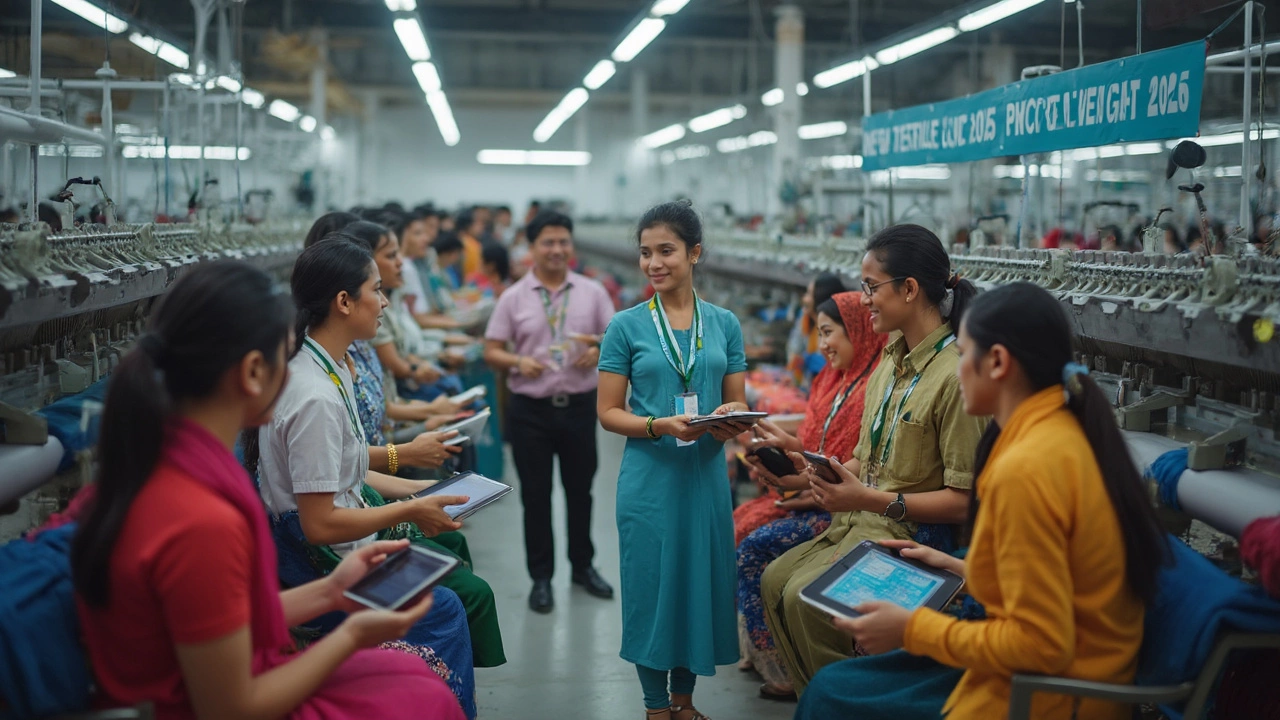India Textile Policy: A Practical Guide
If you work in fabric production, imports, or even just buy cloth for a brand, the Indian textile policy is the rulebook you can’t ignore. It decides where new factories get land, what subsidies you might claim, and how easy it is to ship your goods abroad. In this guide we cut through the jargon and tell you what matters right now, so you can plan your next move without getting stuck in red tape.
Key Features of the Current Policy
First off, the government has rolled out three big pillars: financial incentives, infrastructure support, and export promotion. Under financial incentives, you’ll find capital subsidies of up to 15% for setting up modern looms, plus tax breaks for using renewable energy. The idea is simple – make it cheaper to upgrade to tech that cuts waste and boosts quality.
Infrastructure support means the state is earmarking special zones called Textile Parks. These parks come with ready‑made factory sheds, power backup, and water treatment plants. You just pay a nominal lease fee and skip the hassle of building your own utilities. Many parks are already operational in Gujarat, Tamil Nadu, and West Bengal, so you can pick a location that matches your supply chain.
Export promotion is where the policy gets a real boost. The Ministry of Textiles offers a duty exemption on raw materials if you prove a minimum export target – usually 20% of your production. There’s also a “Merchandise Exports from India Scheme” that reimburses a slice of the shipping cost for orders above $50,000.
How It Impacts Your Business
So, what does all this mean for you day‑to‑day? If you’re starting a small‑scale operation, the capital subsidy can cover the cost of a single‑shuttle rapier loom, turning a $30,000 purchase into something you pay $25,500 for. That extra $4,500 can be used for training staff on new weaving techniques, which in turn improves product quality and reduces re‑work.
For established manufacturers, moving into a Textile Park can slash overheads by up to 30%. Think about it – you no longer have to spend on building a water recycling system when the park already treats 10,000 liters per day. The saved money can go straight into R&D, like experimenting with blend fabrics that fetch higher prices in the export market.
Export‑focused firms should keep an eye on the duty exemption clause. By documenting your export volumes quarterly, you unlock the tax break on raw cotton, polyester, or silk you import. The paperwork is straightforward: a simple declaration on the GST portal and a copy of your shipping invoice. Once approved, you’ll see the tax credit reflected in your next GST return.
One practical tip: set up a compliance calendar. Mark dates for subsidy application deadlines, park lease renewals, and export reporting windows. Missing a deadline can cost you a few thousand dollars, and no one wants that surprise at the end of the month.
Finally, remember that policy updates happen annually. The government usually releases a draft in February and final version in June. Subscribe to the Ministry of Textiles newsletter or follow their Twitter handle to stay ahead of any changes. Being proactive lets you adjust your production plan before a rule change hits the shop floor.
In short, the India textile policy is designed to lower costs, improve infrastructure, and push more Indian fabric abroad. By tapping into subsidies, using designated parks, and meeting export targets, you can boost profitability and stay competitive. Keep the key dates on your calendar, watch for updates, and let the policy work for you, not against you.

India Textile Policy: What’s Changing for Manufacturers in 2025?
This article unpacks India’s new textile policy and what it means for manufacturers and exporters in 2025. Learn how government incentives, compliance rules, and tech upgrades are setting the groundwork for industry growth. Discover what’s changing with labor, exports, and sustainability. Get practical tips so you can stay ahead with industry shifts. Find out what’s in it for businesses—big or small.
Read More